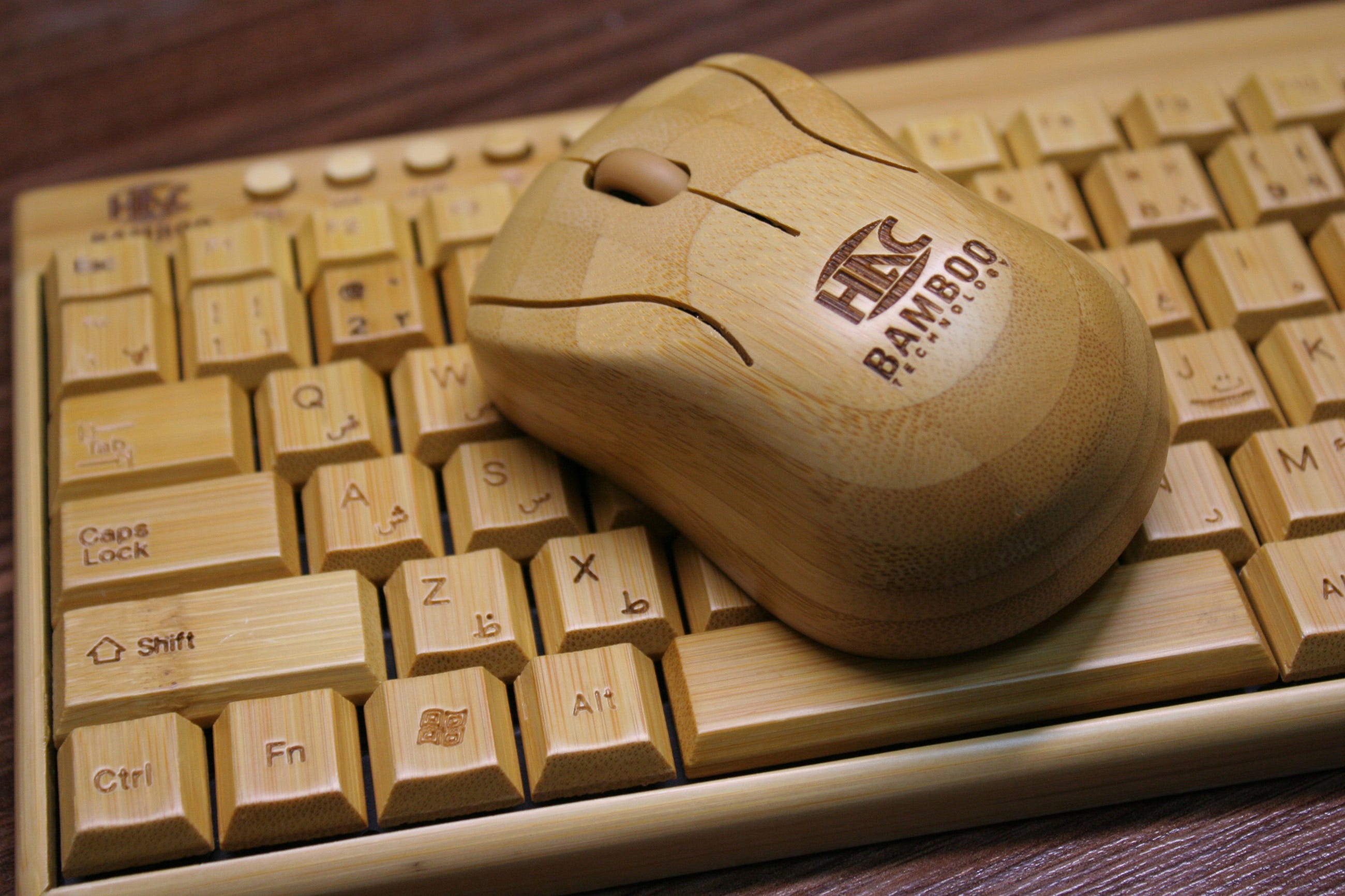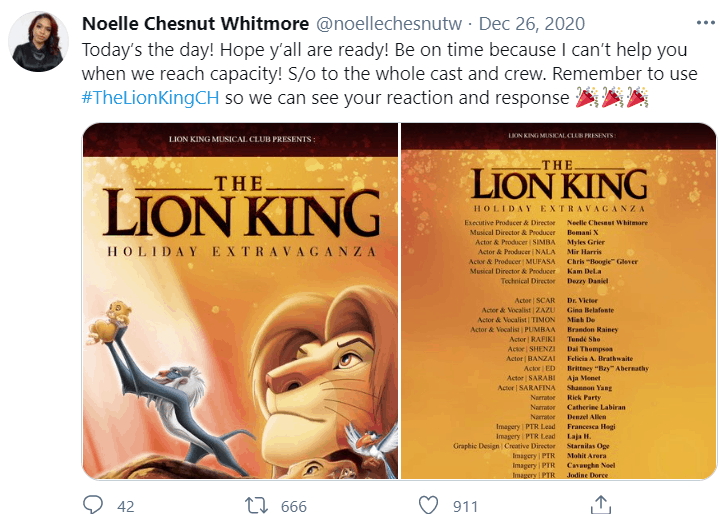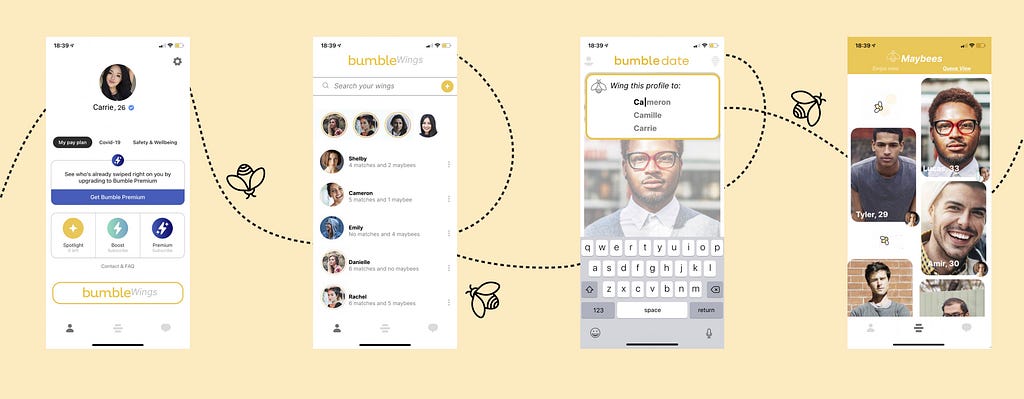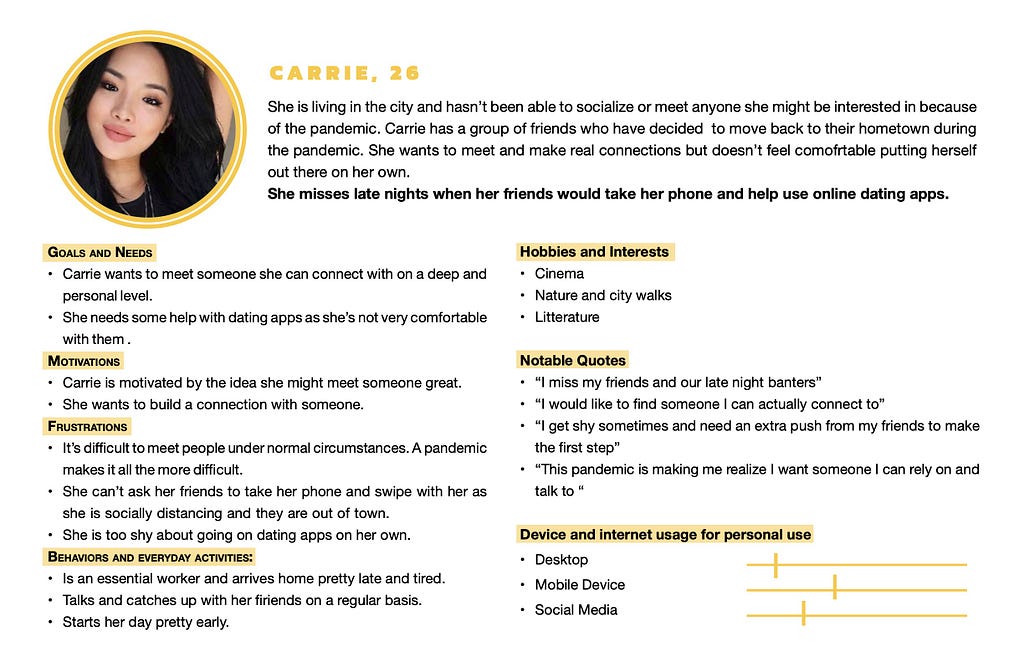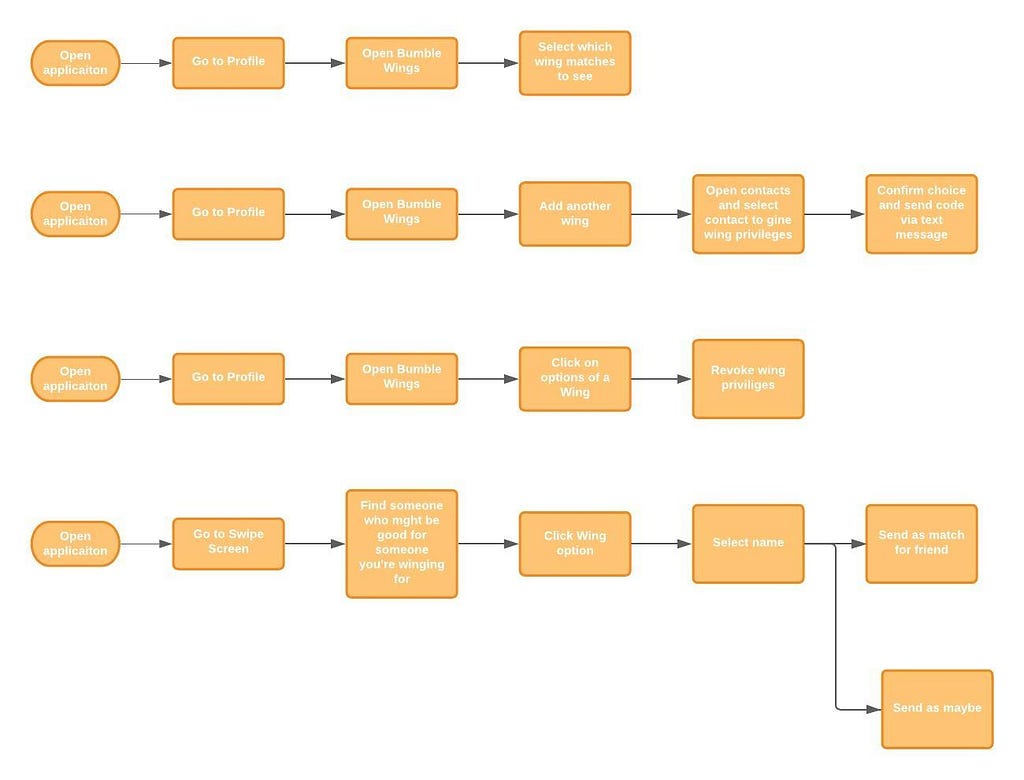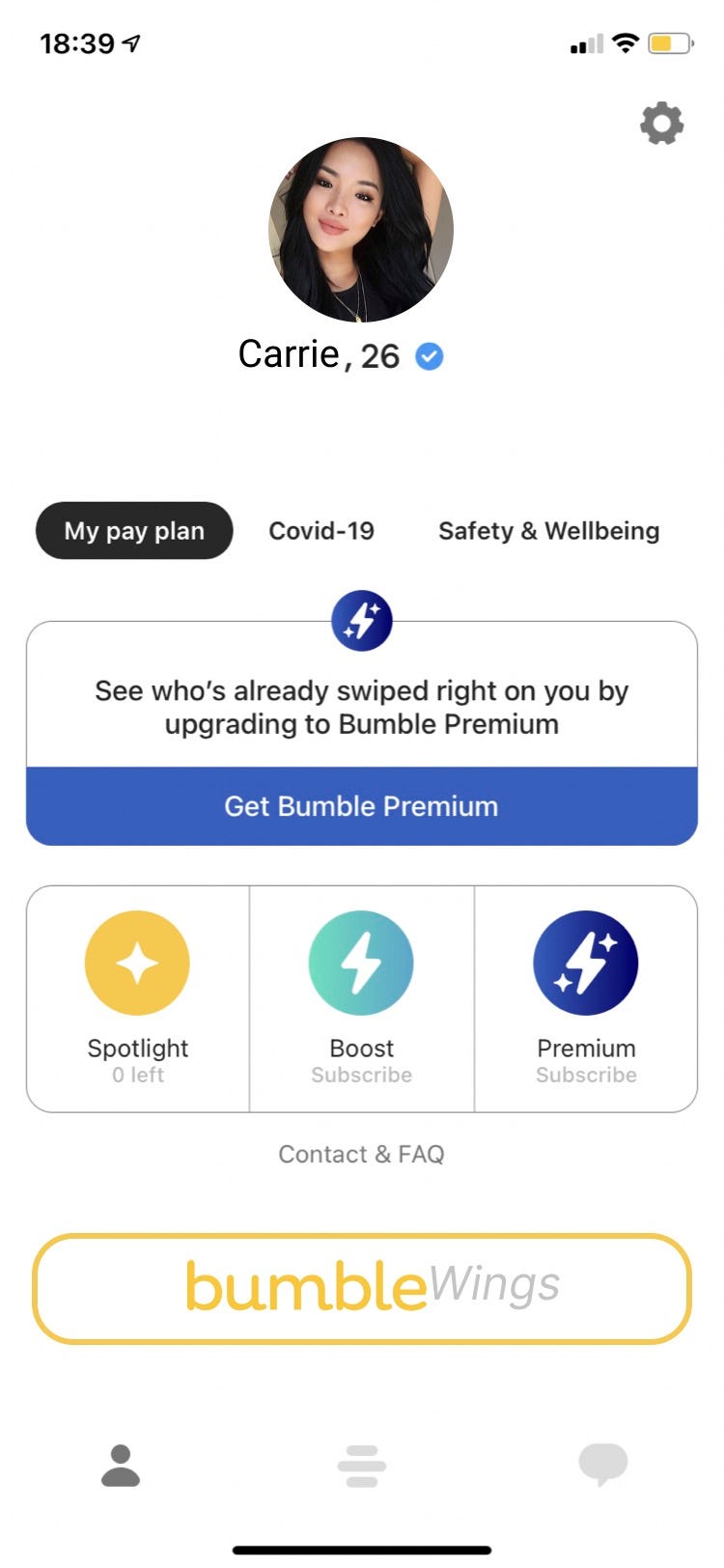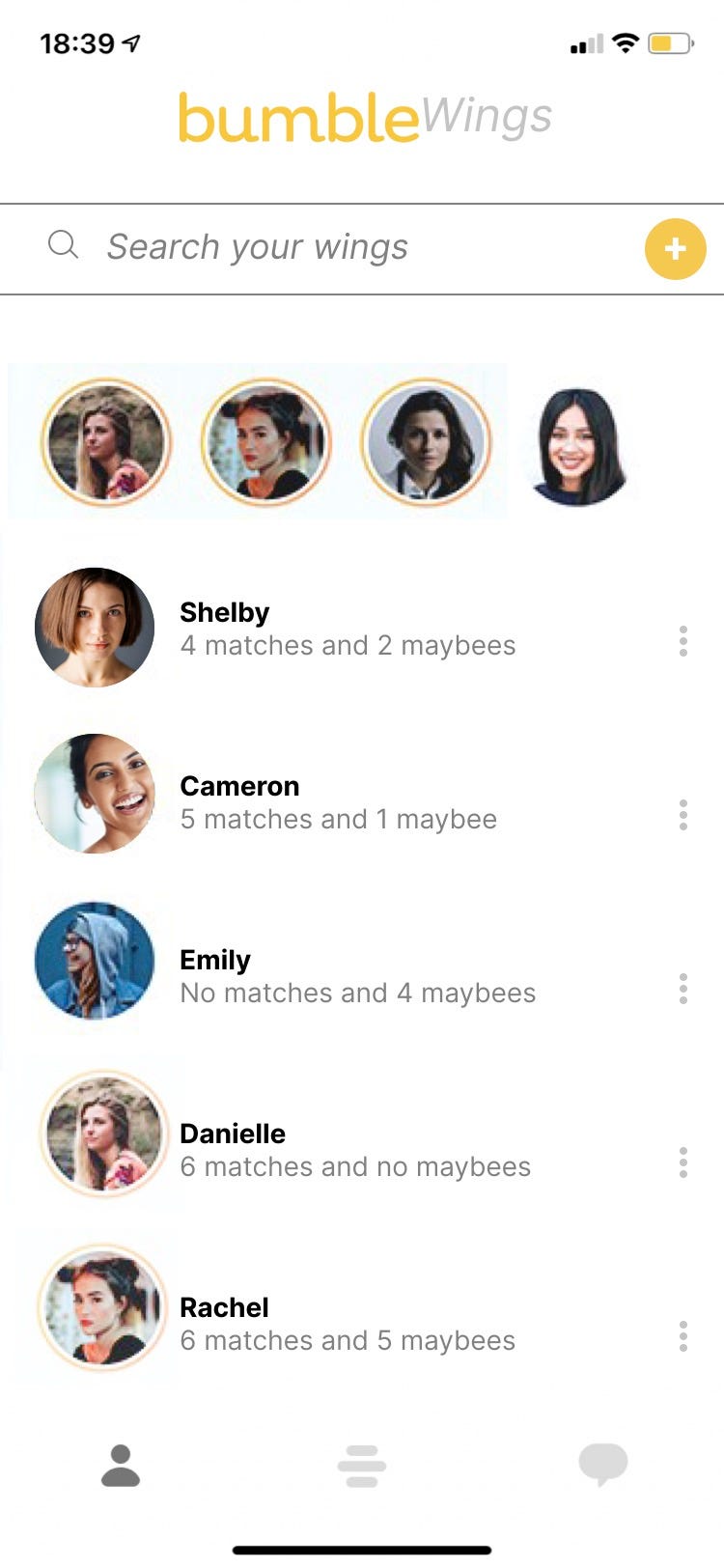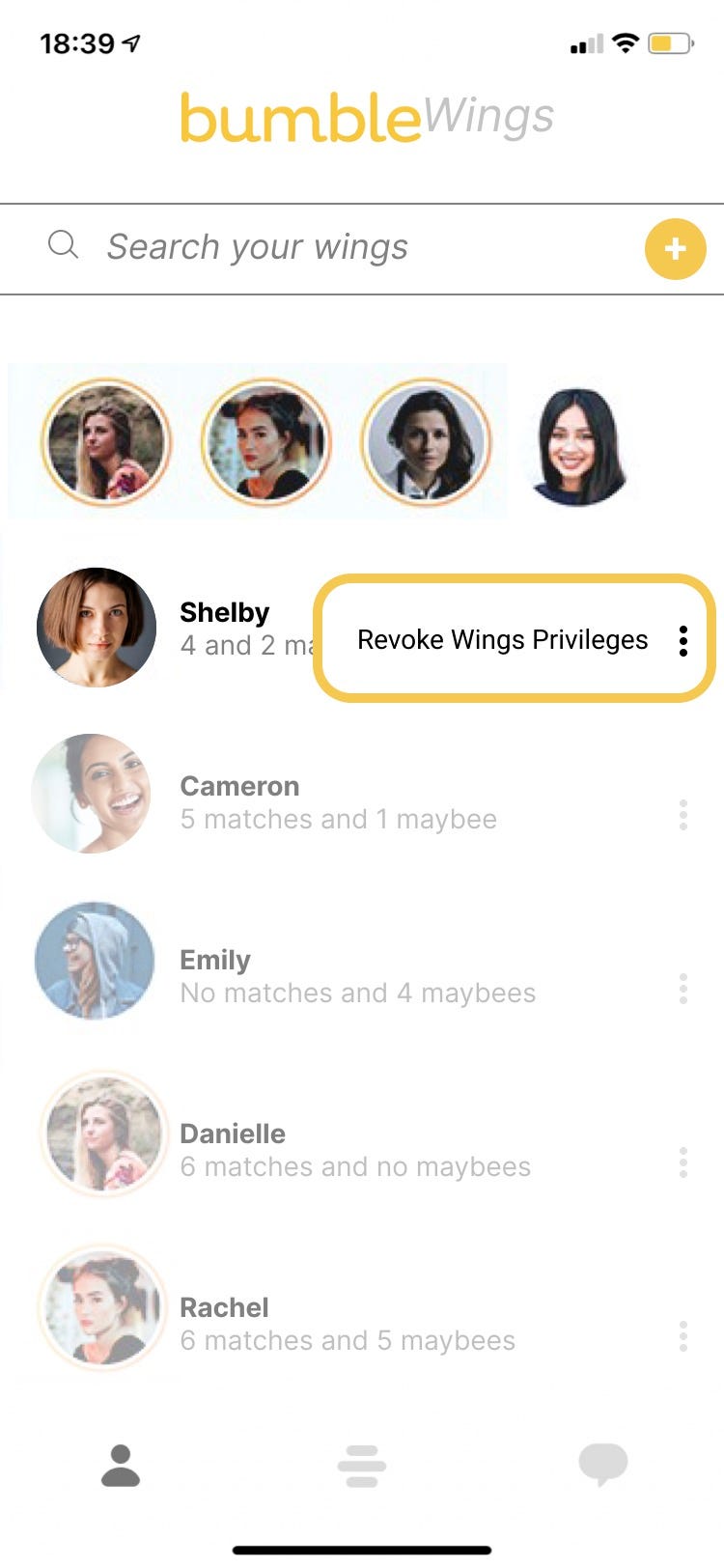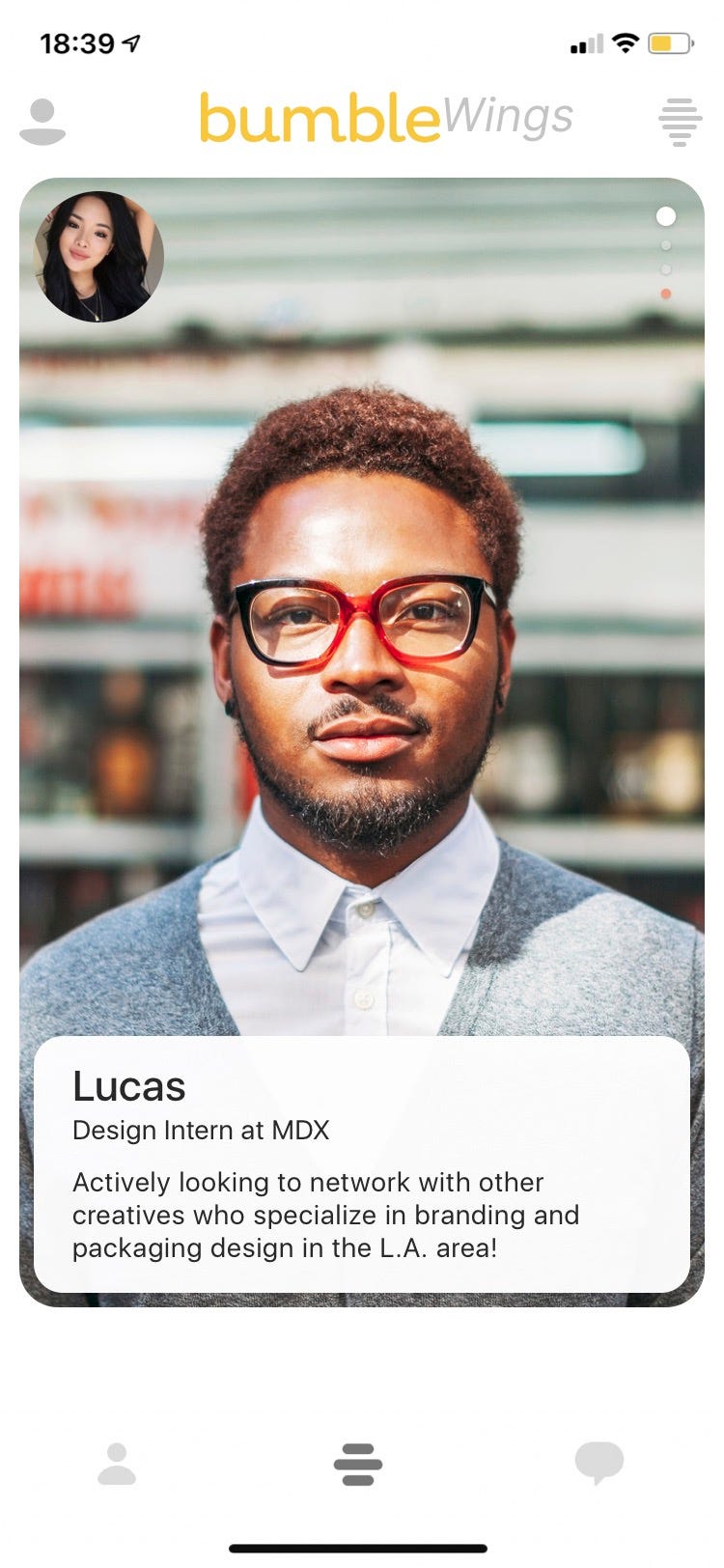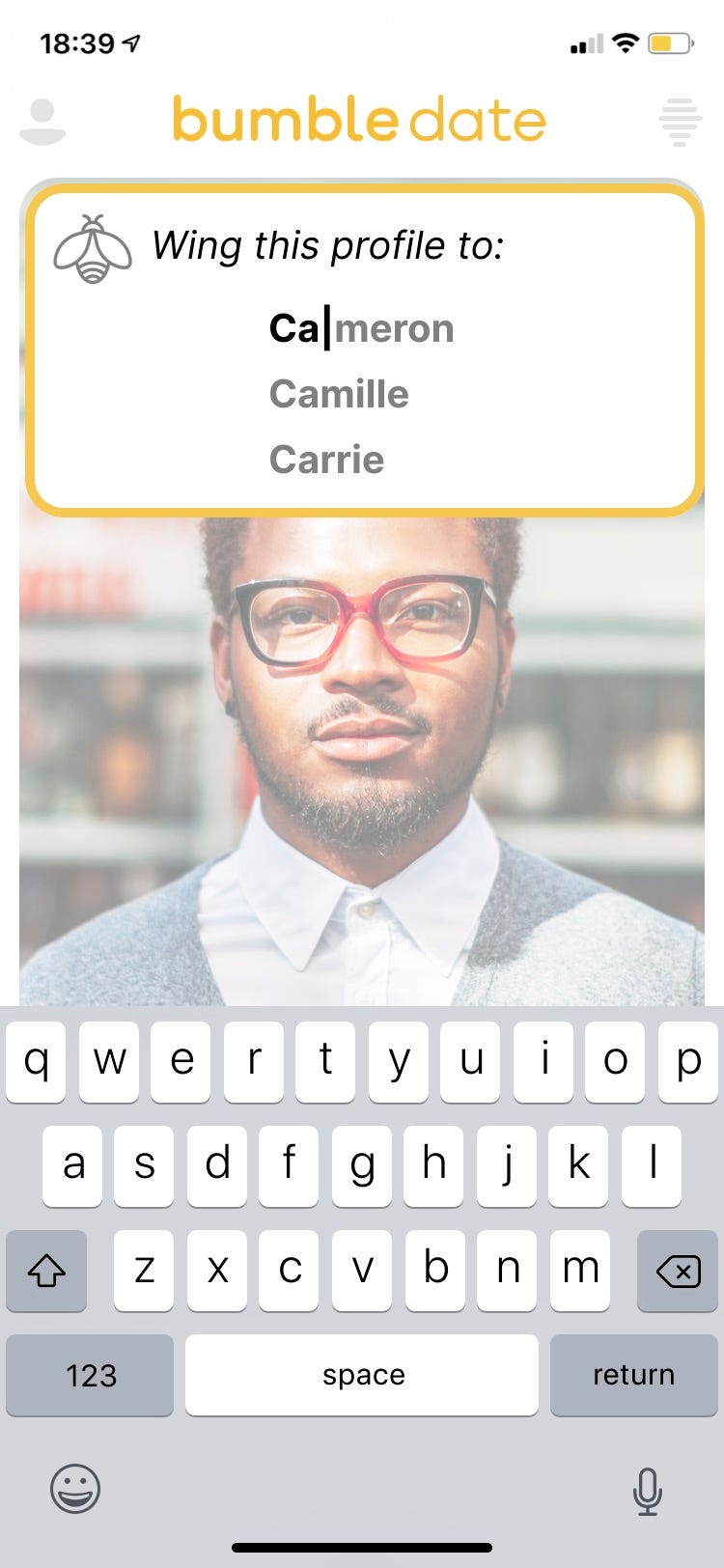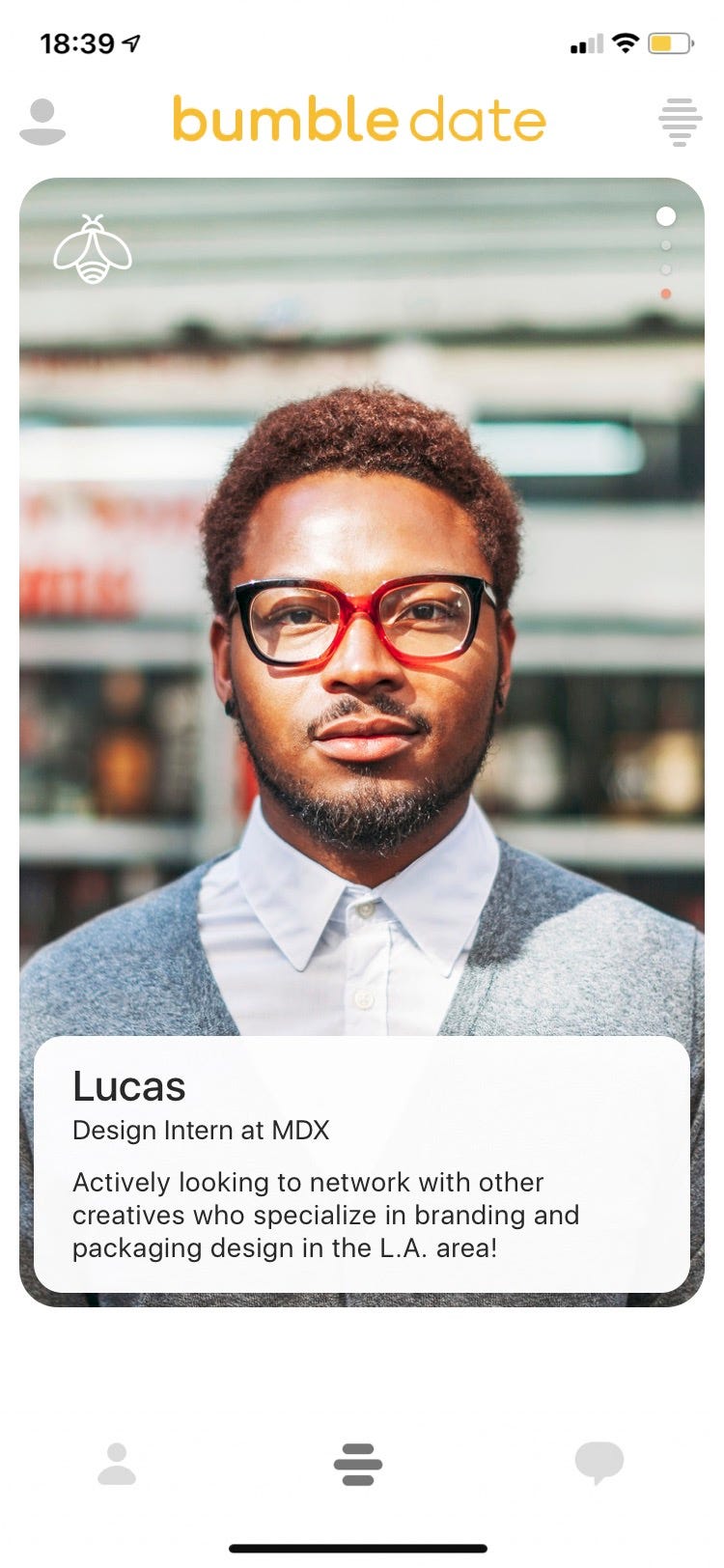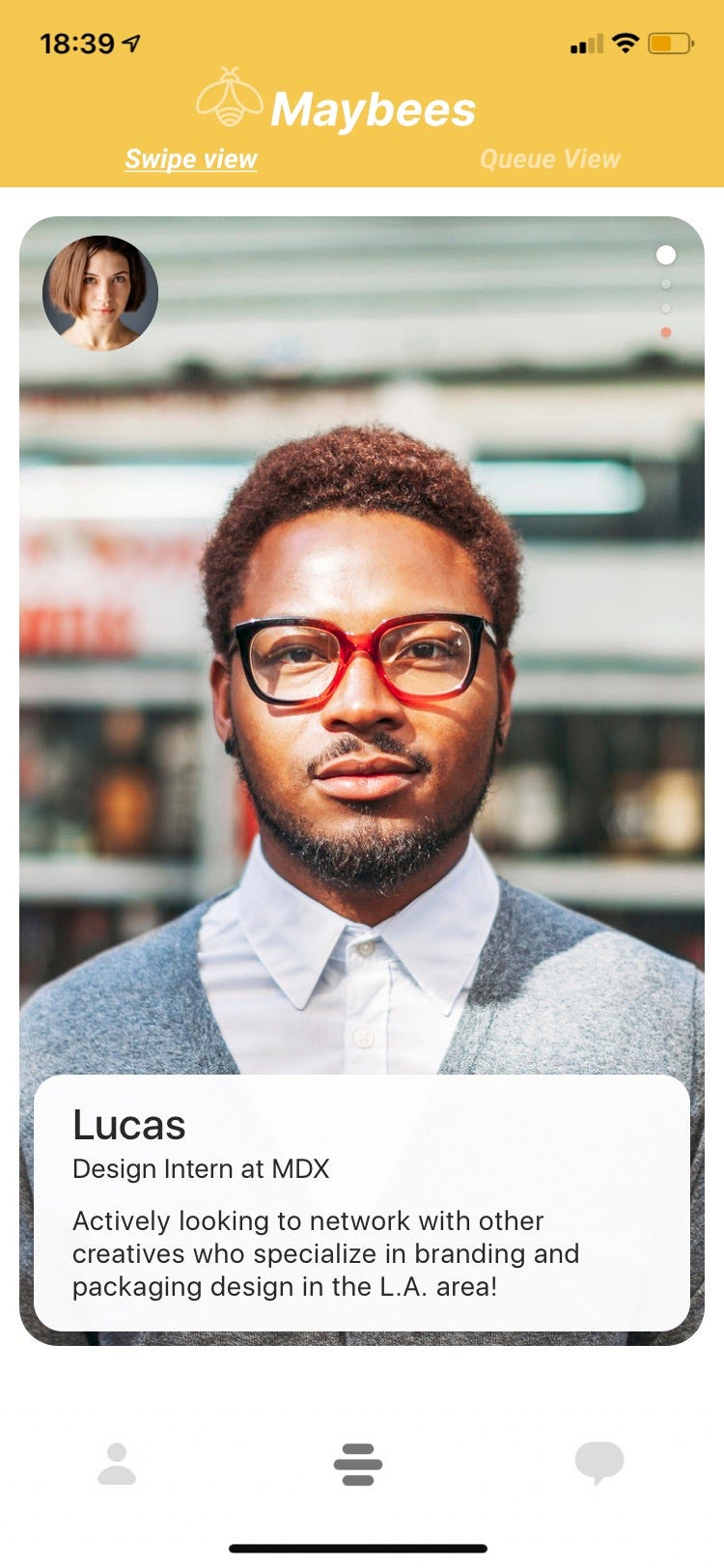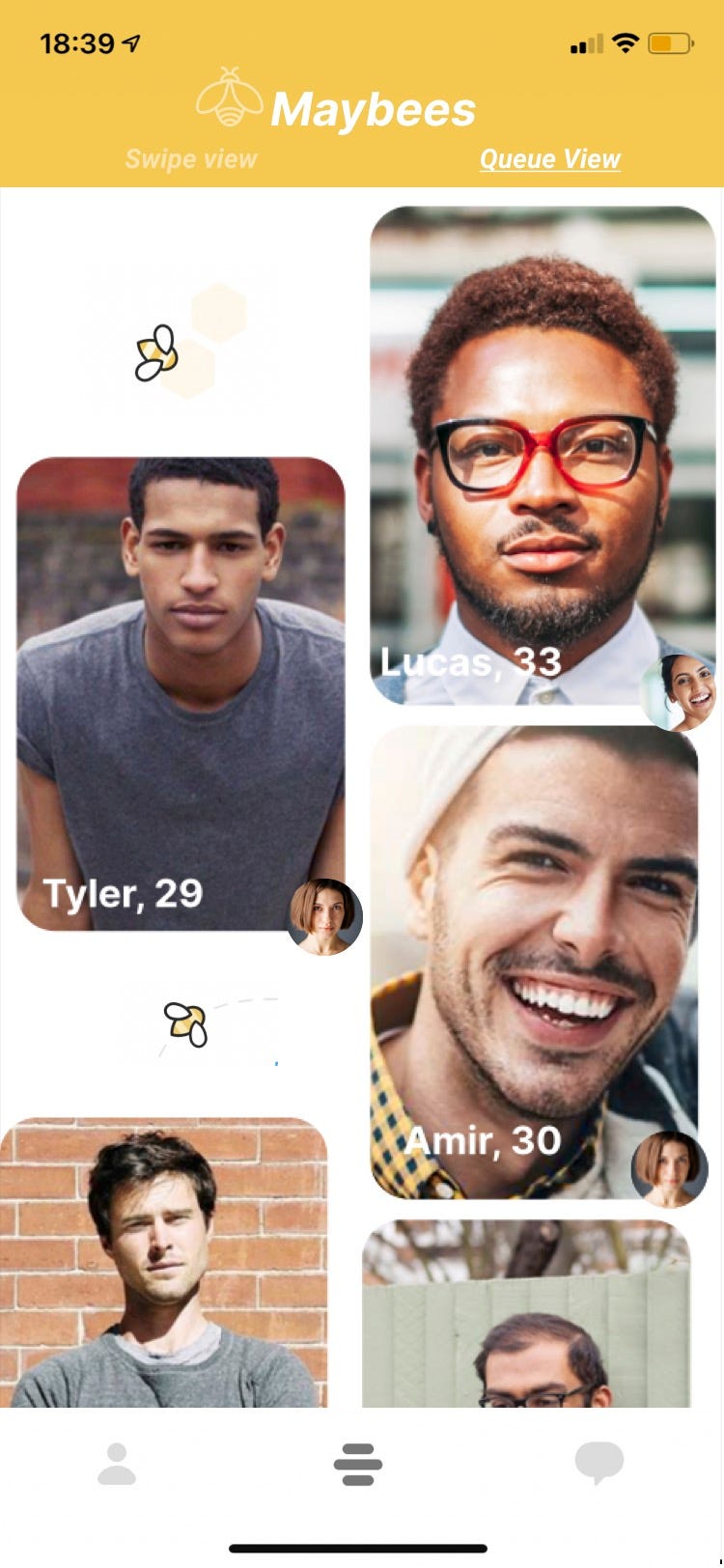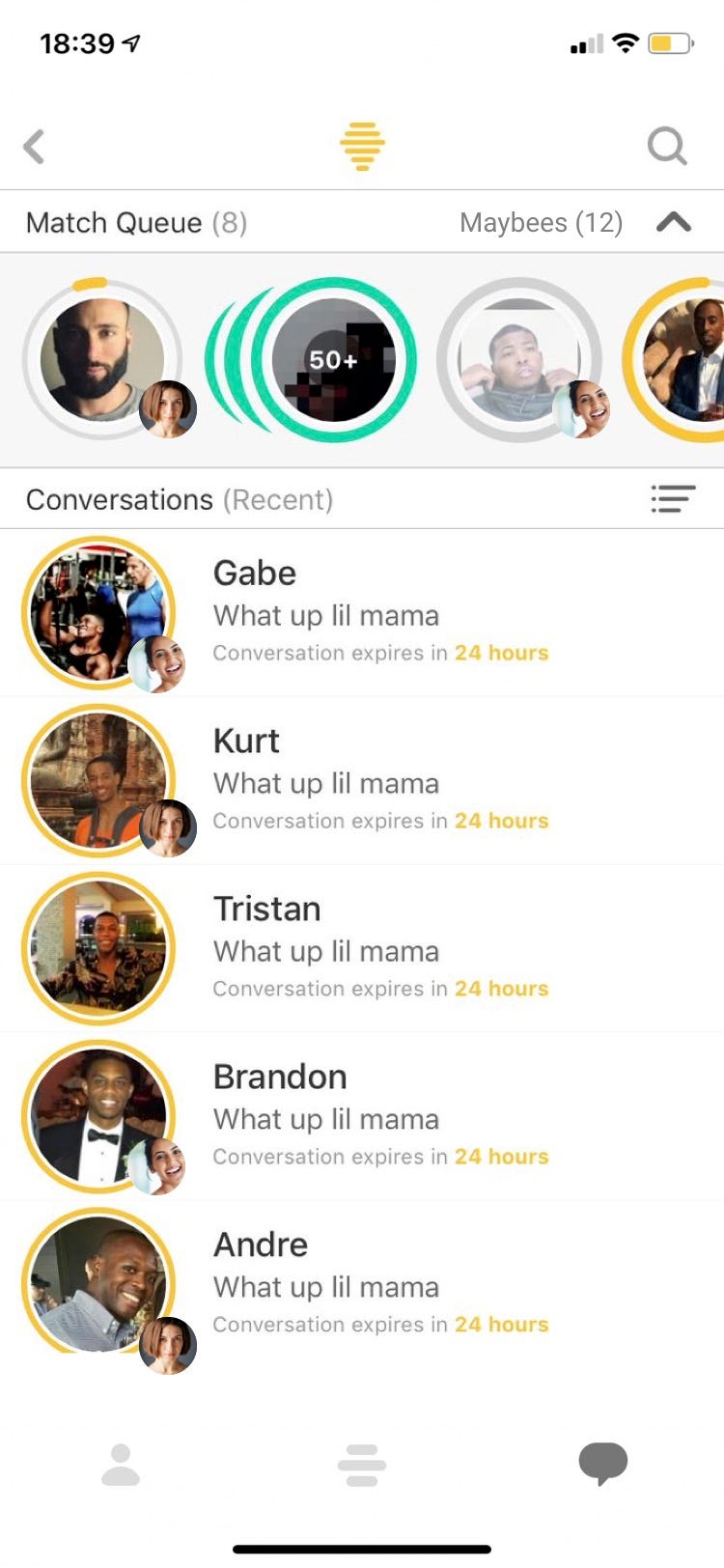It was love at first listen.
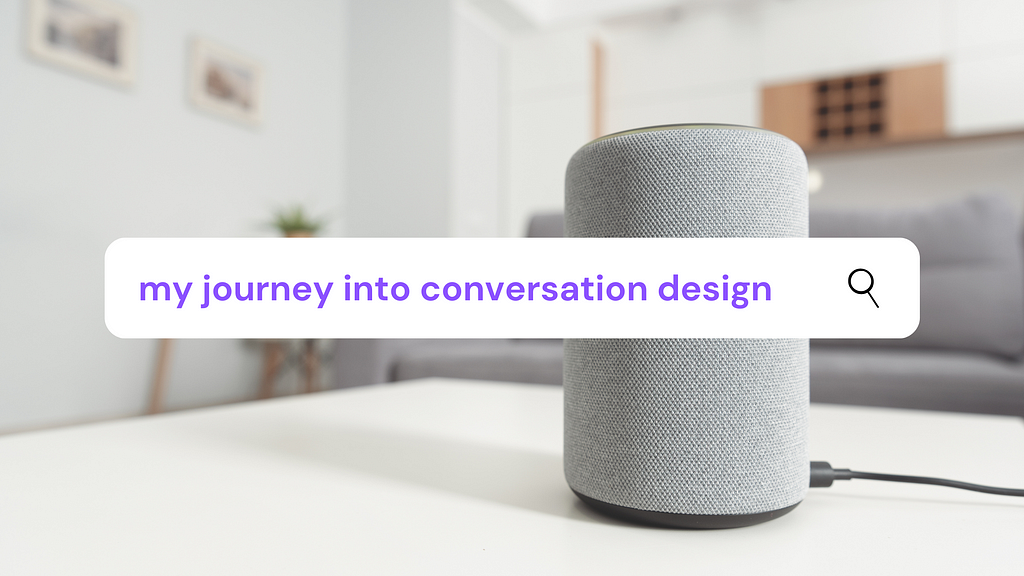
A year ago at the start of 2020, I had just finished training for what would be the most challenging job in my career so far. Every day was high-stakes and every interaction had the potential of turning into a PR nightmare for the Big Tech Company I was representing. My role essentially fell between Call Center Operator and Account Manager. I made outbound calls upwards of 60 times a day, speaking to clients from all over the country and organizing their feedback to help drive some major decision-making.
What I loved was how even though I had to follow a general guideline for my calls (which later got converted into a script), every. single. call. was different. When you’re talking to someone new, there’s a million ways that conversation can go. Before dialing a client, I never knew what to expect. People are spontaneous and the people I called always had unique reactions to my rehearsed rambling.
The only time I could predict what’d happen next during a call was whenever I heard: “Please listen carefully as our menu options have changed.” Oof. Is it just me, or does that phrase make you cringe?
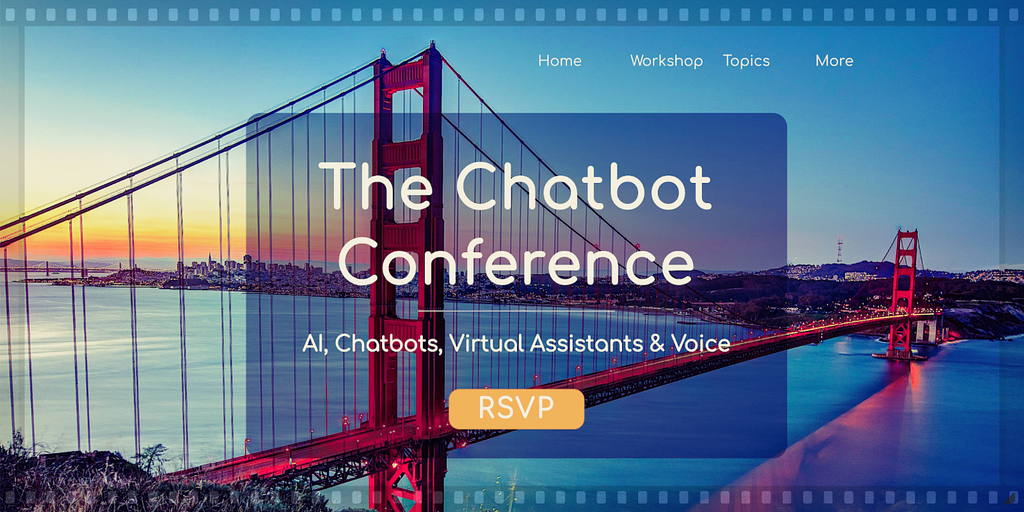
The more calls I made to higher profile businesses, the more I heard it. Those words absolutely haunted me and I started hearing them even in my dreams. Out of all the daily interactions I had, that one stood out to me because even though I couldn’t put it into words, something felt off about it.
One fateful day, a curious little video popped up in my YouTube recommendations… and it changed my life.
“Conversation is more than just the literal exchange of information.” — James Giangola
The Video
When I watched the entire 40 minutes of James Giangola’s 2017 Google I/O talk, I didn’t just fall in love with Conversation Design. I fell back in love with communication and writing.
I used to work as a Spanish interpreter. It was my duty to be the bridge between people to help both parties understand and cooperate with each other. If you’ve seen the video, then you know what I’m talking about. The Cooperative Principle is, in short, a key feature of all human interaction. We speak through our intentional choice of words as well as through our intent to have our words be relevant and make sense to the other party.
To be an interpreter under an agency, you are trained to know: the best kind of interpreter will opt to relay intended meanings over literal information. It could be as simple as realizing “it’s raining cats & dogs” shouldn’t be said exactly because it would make zero sense in another language, or as critical as identifying and conveying any underlying emotion. “What do you think?” spoken softly and with an inflection at the end is a whole ocean away from “WHAT DO YOU THINK?” in a sarcastic tone.
Trending Bot Articles:
4. How intelligent and automated conversational systems are driving B2C revenue and growth.
Back to the haunting IVR (Interactive Voice Response). Out of context, the words, “please listen carefully as our menu options have changed,” sound innocent. Literally, it’s supposed to be helpful like, “Hey, if you’ve heard our previous call menu, the option you may have used before might be under a different category.” In context, it doesn’t operate well under the Cooperative Principle. It violates the maxim of quantity by being repetitive (every time you call they start with the same message) and verbose. Finally, proof that I wasn’t just being overly-sensitive at IVRs!
Giangola’s talk delves into what makes for unnatural sounding Voice User Interfaces (VUIs) and how to optimize them. When people get upset that their Virtual Assistant doesn’t understand them, it’s usually because they expect a natural conversational interaction that operates under all 4 maxims. People don’t want to be told how to talk (a mistake a lot of VUIs continue to make, unfortunately), or given ambiguous 2-in-1 prompts (e.g. “You can make a payment with MasterCard or Visa. So, would you like to pay now?” — wayyy too much information there in one breath), and they especially don’t want unnecessary PSA’s on how the menu options are always changing!
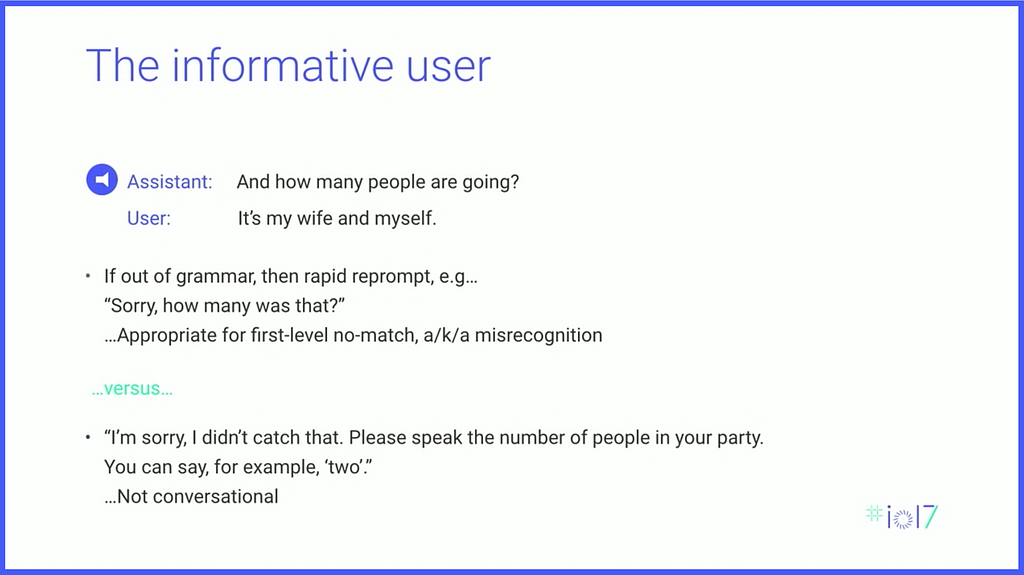
It simply blew my mind that there was an actual career devoted to making machines talk to humans more fluently. I couldn’t believe people worked on this all day! While I definitely enjoyed my day job (and was good at it too: I was voted Top Operator of the Month twice!), I couldn’t help but daydream about creating my own conversational flows.
The Honeymoon Phase
I was smitten. Every day I’d wake up, smiling and excited to keep working down my list of video recommendations (basically, tons of Cathy Pearl), or keep digging around Google Search for as many articles as possible.
As far as the basics, I knew Conversation Design was a relatively unknown and nascent field, but I did intentionally sneak in some UX design since designing conversational experiences for users, kind of relies on those principles. Just a little. I found websites like Laws of UX and books like Don’t Make Me Think, Revisited extremely helpful for a newbie like me. I can’t forget, of course, the most recommended reading for newcomers to the space: Designing Voice User Interfaces by Cathy Pearl herself.
All of that wasn’t enough. I felt like I needed to know more, and running free and directionless on the internet just wasn’t giving me any structured learning I could build upon. Cue my addiction to webinars.
One month into the pandemic, I realized I could take advantage of events moving online. The first of the kind that caught my eye were botmock webinars, specifically because they were targeted for people trying to get into the field, with little or no previous experience. The first couple of times, I remember being so incredibly nervous I didn’t even know what to ask. I’d play them on the background like a podcast and hope that the knowledge would just seep in my brain through some kind of vocal osmosis. One session in particular helped me with a mere mention of a blog post.
The post in question is this Ultimate List of Conversation Design courses, which continues to be my go-to resource for anyone who asks me how to formally get started. I ventured in immediately. I started out with UX for Voice: Planning and Implementation which gave me a general picture of where the field was in terms of design strategy and tools. Then I moved onto The Voice Course: UX, UI, Strategy & Design (which appears to no longer be accepting students as of Jan 2021) which opened my eyes to the bigger application of Conversational AI. I got a preview of Voice Technology in the automobile industry and IoT applications. Suddenly, I realized the depth and reach of Voice beyond your average home smart speaker.
Everything seemed shiny and new. I was in love with this field, I knew that for sure, but I didn’t dare yet take the leap in calling myself a Conversation Designer. I had the foundational knowledge, but no practical knowledge. Not yet at least. It took joining Women in Voice Global (an AMAZING organization!) and a webinar (yep, you guessed it, a Botmock webinar) for me to finally take the plunge and commit myself into this career shift.
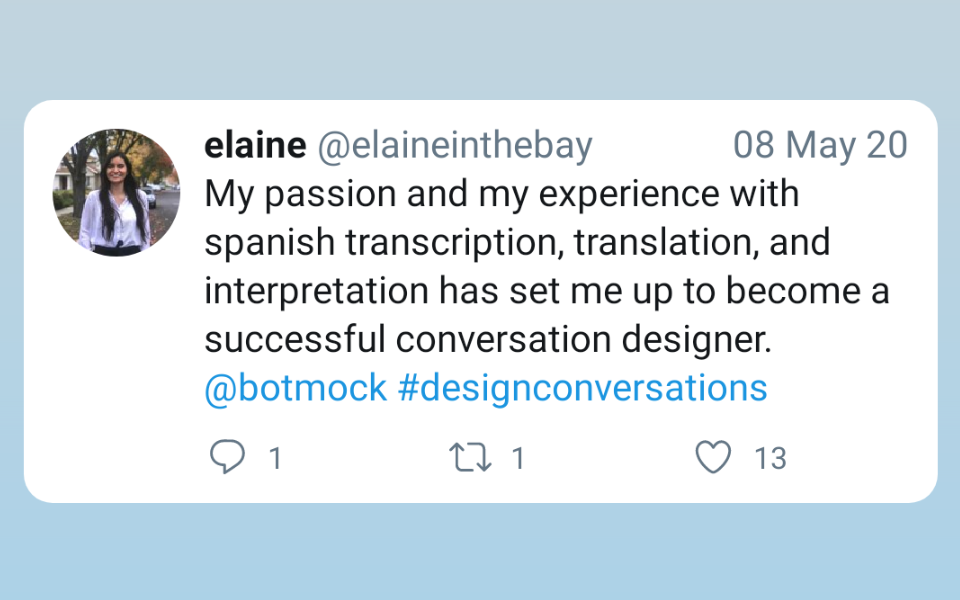
The Commitment
First comes love, then comes marriage. The art of marrying theory and practice in Conversation Design is simple, but oh-so-very-difficult to execute. In the beginning, my own prompts and flows were pretty basic. And by basic, I mean incomplete.
I knew how to write an onboarding with personality and still keep it concise, but I kept getting lost in error handling. I got so tied up in designing an entire persona for my chatbot that I’d forget to make it useable, and capable of handling human interjections.
“I got so tied up in designing an entire persona for my chatbot that I’d forget to make it useable[.]”
It was only until I got the chance to really dive hands-in to a real, working prototype that I finally learned my lesson of usability.
My team won 3rd place in a #VoiceFirst Designathon competition hosted by Botmock and VoiceDevs in August 2020 (I’m not even sorry for all the promo; their resources really helped me out). You can read more about our process here, but to sum it up in a few words: users come first. Regardless of how many fun features we wanted to put into our voice app, we had to stay grounded and write how the average user of our app would normally speak, not how they would speak in ideal scenarios.
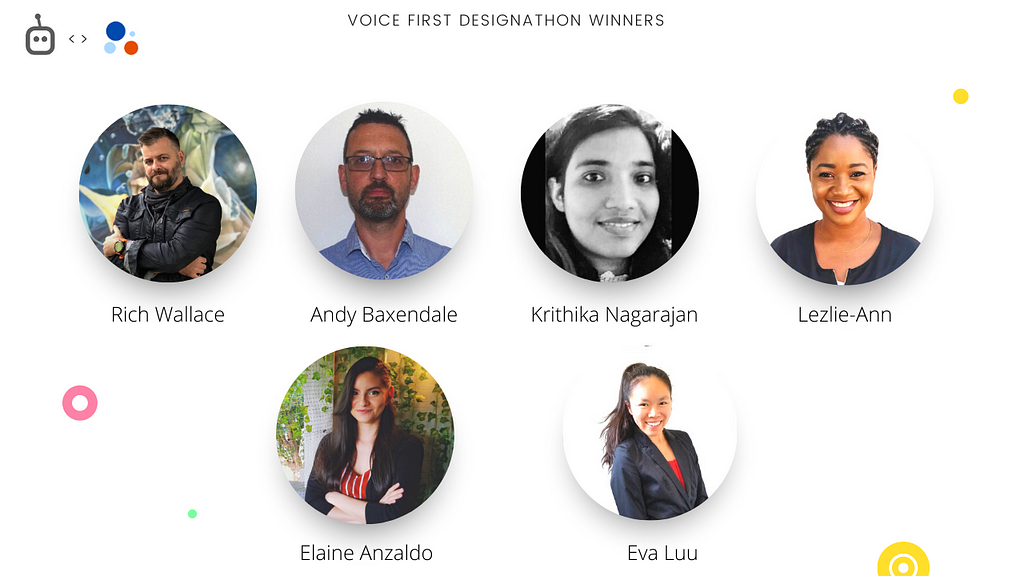
From then on, my designs really started maturing. I’d spend less time in making things sounds pretty and instead focus on making them simple and repeatable. I experimented. I dug into the tech behind the magic curtain that powers Conversational AI by building my own basic chatbot using Rasa SDK. I signed up for Voiceflow, studied UI design with Sketch and Figma, and more. Finally, the pieces were all starting to come together.
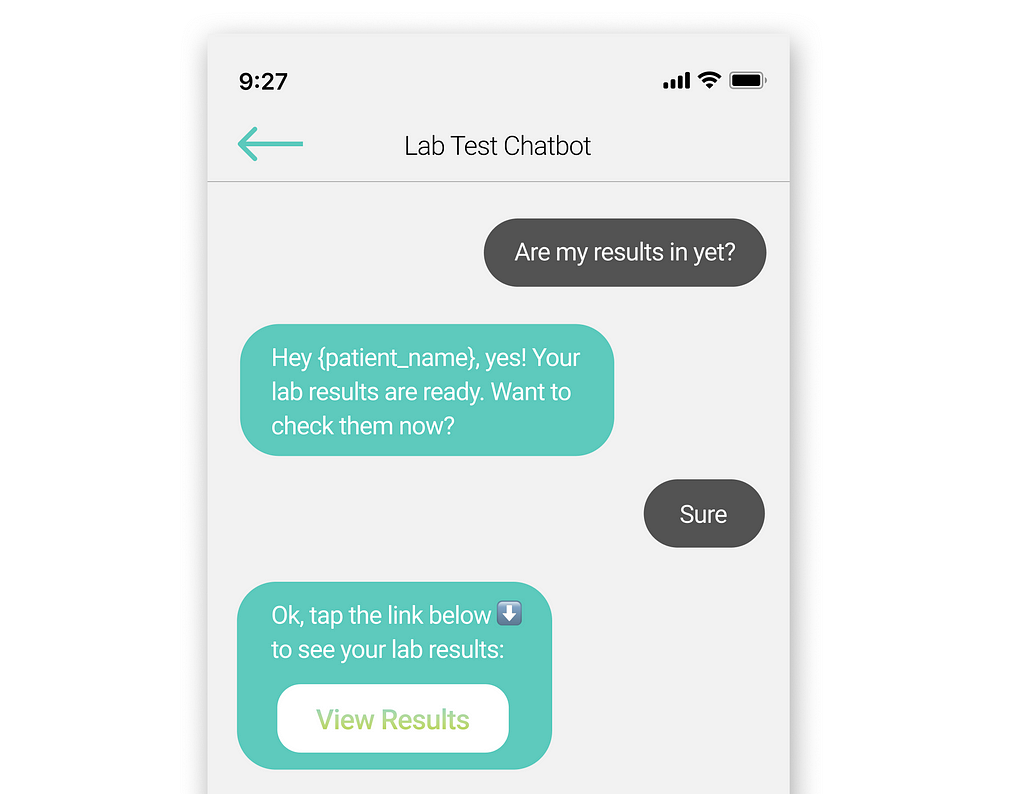
The next step was a huge one. In November 2020, I signed up to be part of the very first cohort for Voice Tech Global’s Advanced Conversational Experience Design Course. A key aspect of being a value-bringing Conversation Designer is the ability to convert feedback and user-data into adaptive and successful iterations of your conversational product. Another crucial skill Conversation Designers need is to be able to collaborate seamlessly in a cross-team setting. Conversation Designers are very rarely solo operators. Their work relies on engineering, data analysis, UX/UI design, and more. That’s ultimately what convinced to enroll: I’d get a hands-on approach to the material and have a chance to collaborate in real-time with other designers.
The coursework exceeded my expectations. Not only did I create my own voice experience prototype from ideation and research to testing, I was also given the opportunity to present my case study to a panel of industry leaders. Despite being the youngest in the cohort, I did not shy away from the chance of putting my own voice out there (see what I did there?). The knowledge I gained from Voice Tech Global truly helped me fortify what I already knew and take it up a notch by applying it into an enterprise-level context.
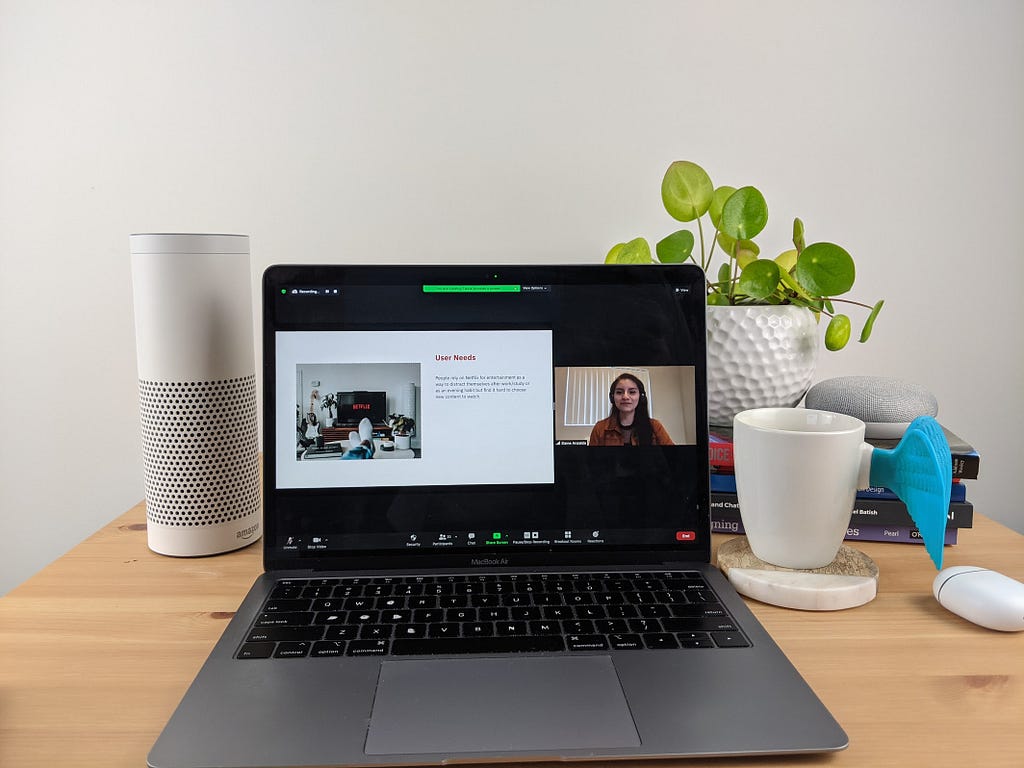
The Future
The Speech and Voice Technology industry is estimated to be worth $26.8 billion by 2025. There’s a lot of opportunity still to be had and a lot of design work yet to be done. As for me, I’m ready to be a part of it, long-term.
In fact, I’m proud to announce that I will be soon joining NLX on their Voice Compass adventure as a Conversational UX Designer! Stay tuned. There’s more learning and achievements to come!

Got this far? I have some goodies for you.
If you’re interested in breaking into Conversation Design, then I’d HIGHLY recommend you sign up for the 2021 Conversation Design Summit, hosted by Botmock. On March 1st and 2nd, several of the top industry practitioners will reveal their Conversation Design process and give you helpful frameworks and worksheets to try out yourself!
Get 10% off your ticket price, with the promo code: ELAINE
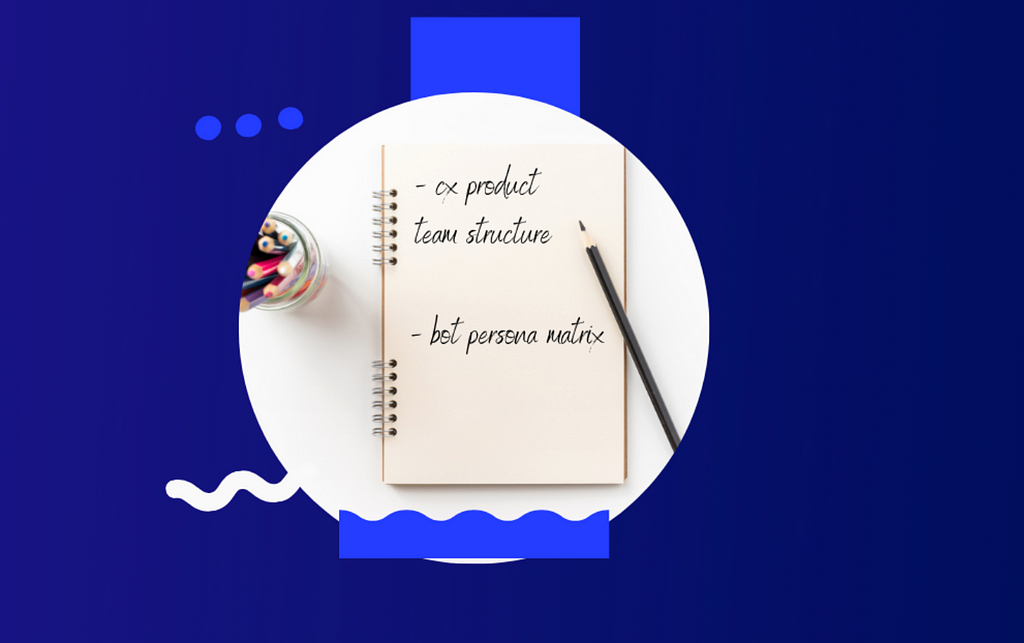
Still here? Well, guess what.
You can also get a 5% discount on Voice Tech Global’s Advanced CXD course, with my referral! DM me through any of the contact links below and I’d be glad to help you out.
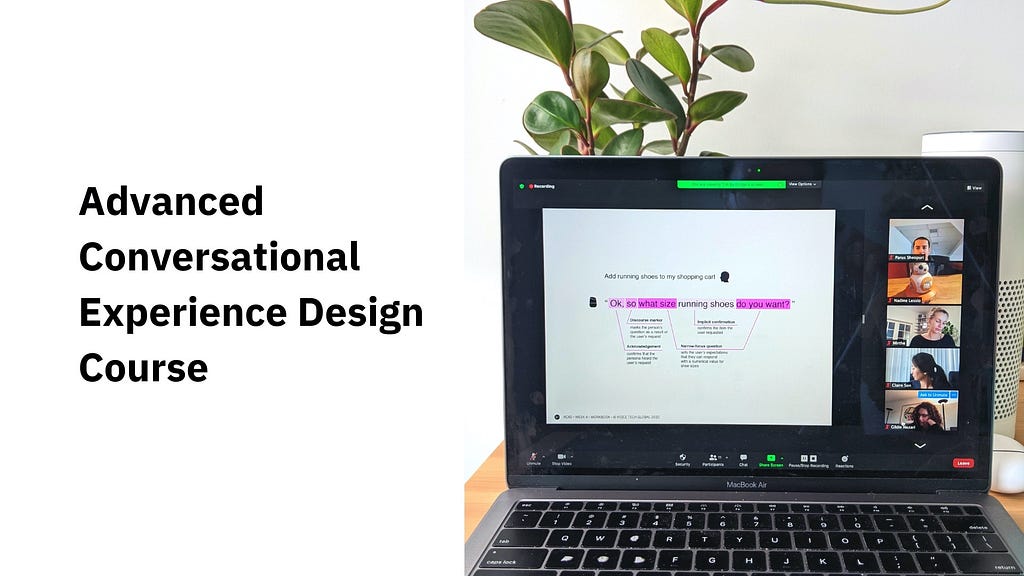

Want to read more about the work I’ve done? Check out my portfolio! I’m happy to answer any questions that come in through my contact form 🙂
Also feel free to connect with me on LinkedIn or on Twitter!
Don’t forget to give us your 👏 !




My Journey into Conversation Design was originally published in Chatbots Life on Medium, where people are continuing the conversation by highlighting and responding to this story.

